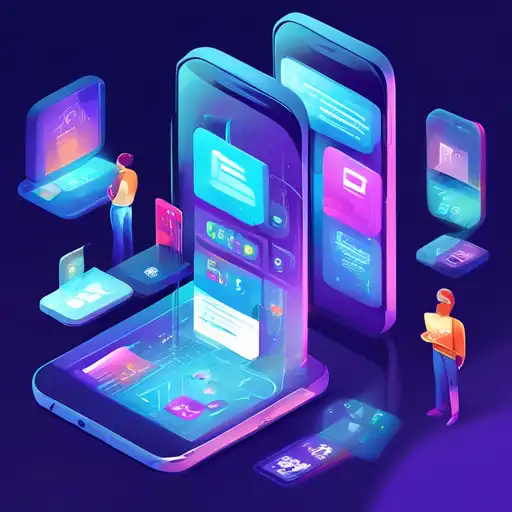Introduction to Mobile Development Trends
The mobile development landscape is constantly evolving, with new technologies and methodologies emerging at a rapid pace. As we look towards the future, several key trends are poised to shape the way developers create and users interact with mobile applications. This article explores these trends, offering insights into what's next for mobile development.
1. The Rise of 5G Technology
One of the most significant trends in mobile development is the adoption of 5G technology. With its unparalleled speed and reduced latency, 5G is set to revolutionize mobile applications, enabling more complex and data-intensive functionalities. Developers are now focusing on leveraging 5G to enhance user experiences, from streaming high-quality video content to enabling real-time multiplayer gaming.
2. Artificial Intelligence and Machine Learning
Artificial Intelligence (AI) and Machine Learning (ML) are becoming increasingly integral to mobile development. These technologies are being used to personalize user experiences, improve app functionality, and automate processes. From chatbots to predictive text, AI and ML are making mobile apps smarter and more intuitive.
3. The Growth of Cross-Platform Development
Cross-platform development tools like Flutter and React Native are gaining popularity, allowing developers to write code once and deploy it across multiple platforms. This not only saves time and resources but also ensures a consistent user experience across different devices. As these tools continue to evolve, we can expect to see even more sophisticated cross-platform applications.
4. The Importance of App Security
With the increasing amount of personal data being processed by mobile apps, security has never been more critical. Developers are now prioritizing secure coding practices and incorporating advanced security features, such as biometric authentication and end-to-end encryption, to protect user data.
5. The Emergence of Foldable Devices
Foldable devices are introducing new challenges and opportunities for mobile developers. These devices require apps to be adaptable to different screen sizes and orientations, pushing developers to think creatively about design and functionality. As foldable devices become more mainstream, we can expect to see more apps optimized for this form factor.
Conclusion
The future of mobile development is bright, with numerous trends set to redefine the industry. From the adoption of 5G and AI to the growth of cross-platform development and the emergence of foldable devices, developers have a lot to look forward to. By staying abreast of these trends, developers can ensure they are well-positioned to meet the evolving needs of users.
For more insights into mobile development, check out our technology section.
